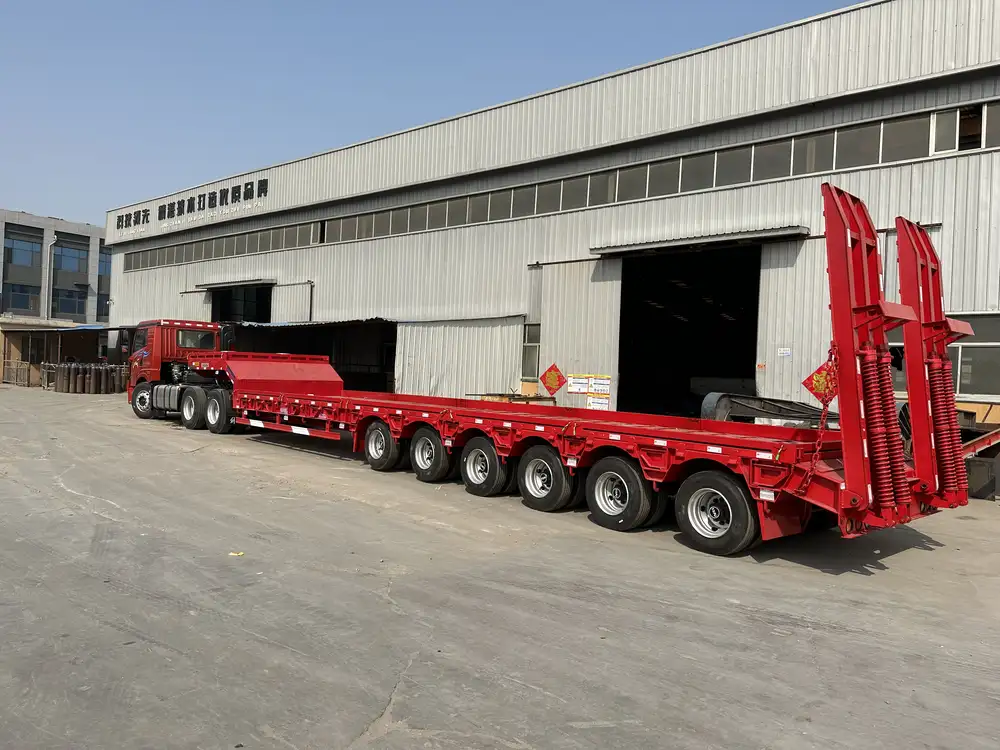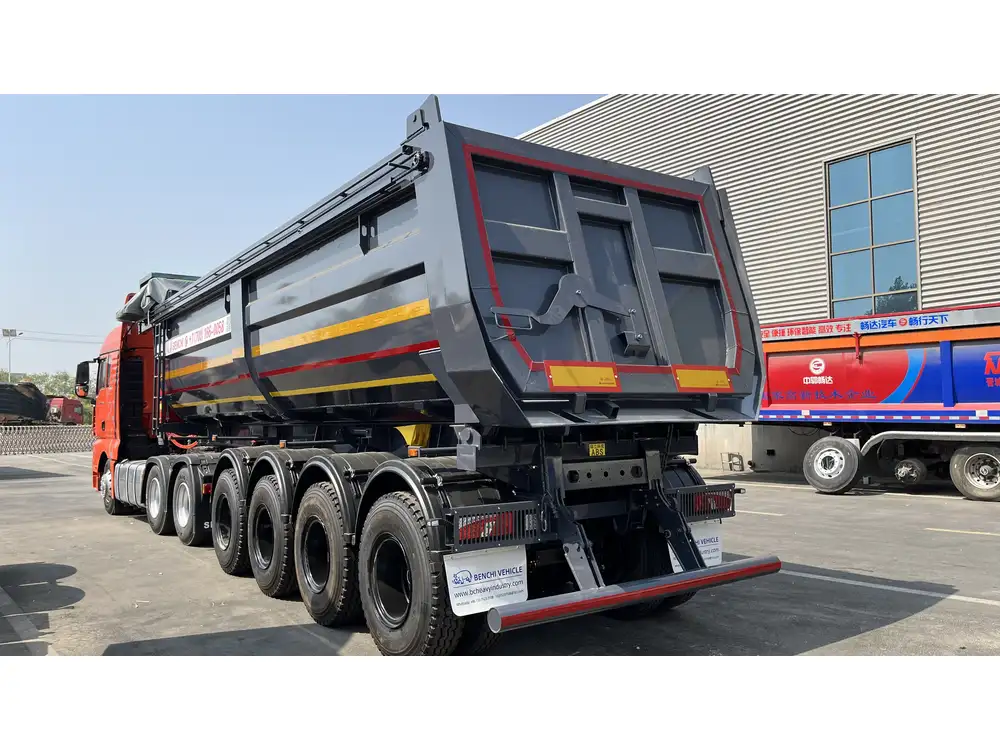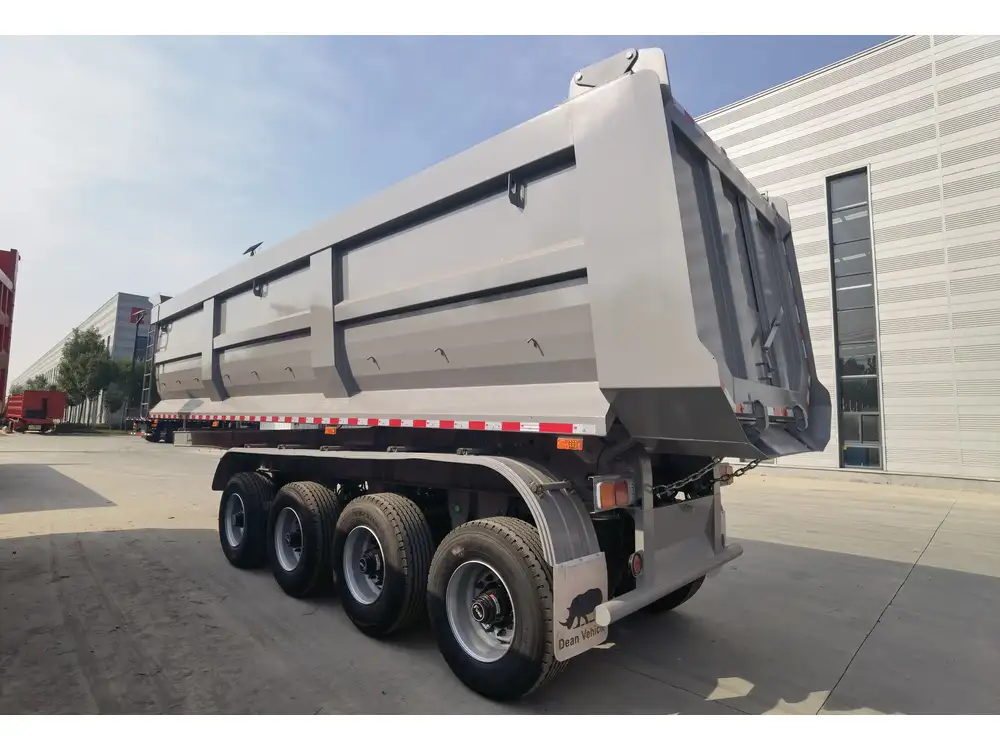Proper maintenance of your travel trailer’s holding tanks is fundamental not only for hygiene but also for the overall longevity of your trailer. This article delivers an in-depth methodology on how to effectively clean your travel trailer holding tanks. From essential tools and materials to step-by-step procedures, we provide everything you need to ensure your tanks remain in peak condition.
Understanding Travel Trailer Holding Tanks
Travel trailers typically contain two main types of tanks: the black water tank and the gray water tank. The black water tank stores waste from the toilet, while the gray water tank collects water from sinks and showers. Understanding how these systems function is crucial for maintaining cleanliness and preventing unpleasant odors.
Key Differences Between Black and Gray Water Tanks
| Feature | Black Water Tank | Gray Water Tank |
|---|---|---|
| Contents | Human waste and toilet paper | Waste from sinks, showers, and dishwashing |
| Chemicals Used | Special holding tank chemicals | Mild detergents or enzymatic cleaners |
| Cleaning Frequency | Often every trip or bi-weekly | Less frequent, depending on usage |
| Potential Issues | Blockages, odors, leakage | Grease and soap build-up |
The cleaning strategies for these tanks differ due to their contents and the nature of the waste they store.

Essential Tools and Materials for Effective Cleaning
- Protective Gear: Gloves and goggles to protect against splashes and harmful bacteria.
- Specialized Holding Tank Cleaner: Ensure it is eco-friendly and bacteria-based for optimal results.
- Black Water Dump Hose: A heavy-duty hose specifically designed for draining tanks.
- Water Source: A reliable hose (preferably one that is designated for potable water) to flush the tanks.
- Tank Flush Adapter: An attachment that connects to your tank for thorough rinsing.
- Measure Cup: For precise measurement of cleaning chemicals.
- Optional: A tank treatment product for maintenance after cleaning.
Step-by-Step Process for Cleaning Holding Tanks
Step 1: Preparatory Measures
To begin, ensure that your travel trailer is parked on a level surface. Leveling aids in efficient draining of the tanks. Gather all your tools and protective gear.

Step 2: Emptying the Black Water Tank
- Connect the Dump Hose: Position the dump hose securely onto the sewage outlet of your travel trailer.
- Open the Valve: Slowly open the black water tank valve to allow sewage to flow into the sewer connection or dump station.
- Flush the Tank: After the tank empties, it is advisable to use a tank flush adapter to rinse the inside of the tank. This can help to dislodge any remaining waste particles.
- Close the Valve: Once satisfied that the tank is empty and clean, close the valve securely.
Step 3: Cleaning the Gray Water Tank
Just like the black water tank, the gray water tank should be emptied before cleaning:
- Connect the Hose: Use the same dump hose and connect it to your gray water tank outlet to avoid cross-contamination.
- Open the Valve: Allow the gray water to drain completely.
- Rinse with Water: Flush the tank with fresh water using a designated hose. This will break down any soap residues or grease lingering in the tank.
Step 4: Treatment and Maintenance
After emptying and rinsing both tanks, it’s crucial to treat the tanks to maintain cleanliness and avoid future issues.
- Add the Holding Tank Treatment: Pour the appropriate amount of holding tank cleaner into the black water tank. This product helps to break down waste and eliminate odors.
- Fill the Tank: Add a few gallons of water to the tank to activate the cleaning agent effectively.
- Close the Tank Valves: Seal the black and gray water tank valves to hold the treatment inside.

Step 5: Regular Maintenance Tips
- Frequency: Clean the black water tank after every trip or every one to two weeks of usage. For the gray water tank, check it weekly to determine if it needs cleaning based on your usage.
- Check Connections: On a regular basis, inspect the connections and hoses for wear and tear to prevent leaks.
- Monitor for Odors: If you frequently encounter unpleasant odors, this could indicate a blockage or insufficient cleaning, warranting immediate attention.
Troubleshooting Common Issues
Odors Emitting from Holding Tanks
Should you detect foul smells, this could be an indication of inadequate cleaning or blockages. Here’s how to troubleshoot:
- Verify Tank Levels: Ensure tanks are emptied regularly and check for overfilling.
- Inspect Pipes and Valves: Look for leaks or deteriorated parts that might allow odors to escape.

Blockages
If your tanks seem to drain slowly, a blockage may be present. Here’s how to address it:
- Use a Tank Flush: Utilize a tank flush system to provide a strong water current that might dislodge any clogs.
- Manual Cleaning: In severe cases, consider a professional service to manually clear and clean your tanks.
Environmental Considerations
Cleaning holding tanks responsibly is essential not just for hygiene but also for environmental protection.
- Taxonomy of Chemicals: Always opt for environmentally safe products to minimize the impact on wastewater systems.
- Dispose Properly: Adhere to local regulations when disposing of waste at designated dump stations.
Conclusion
Understanding how to clean travel trailer holding tanks is critical for maintaining hygiene, ensuring safety, and prolonging the life of your trailer. With the right tools, a systematic approach, and regular maintenance, you can effectively manage your holding tanks, preventing unpleasant issues while enjoying your travels. Remember, proper care not only enhances your camping experience but also promotes a safer, more sustainable environment.
By systematically following these guidelines, you can establish a reliable routine for maintaining your travel trailer’s holding tanks, immersing yourself in the oases of nature while safeguarding the ecosystem around you.



